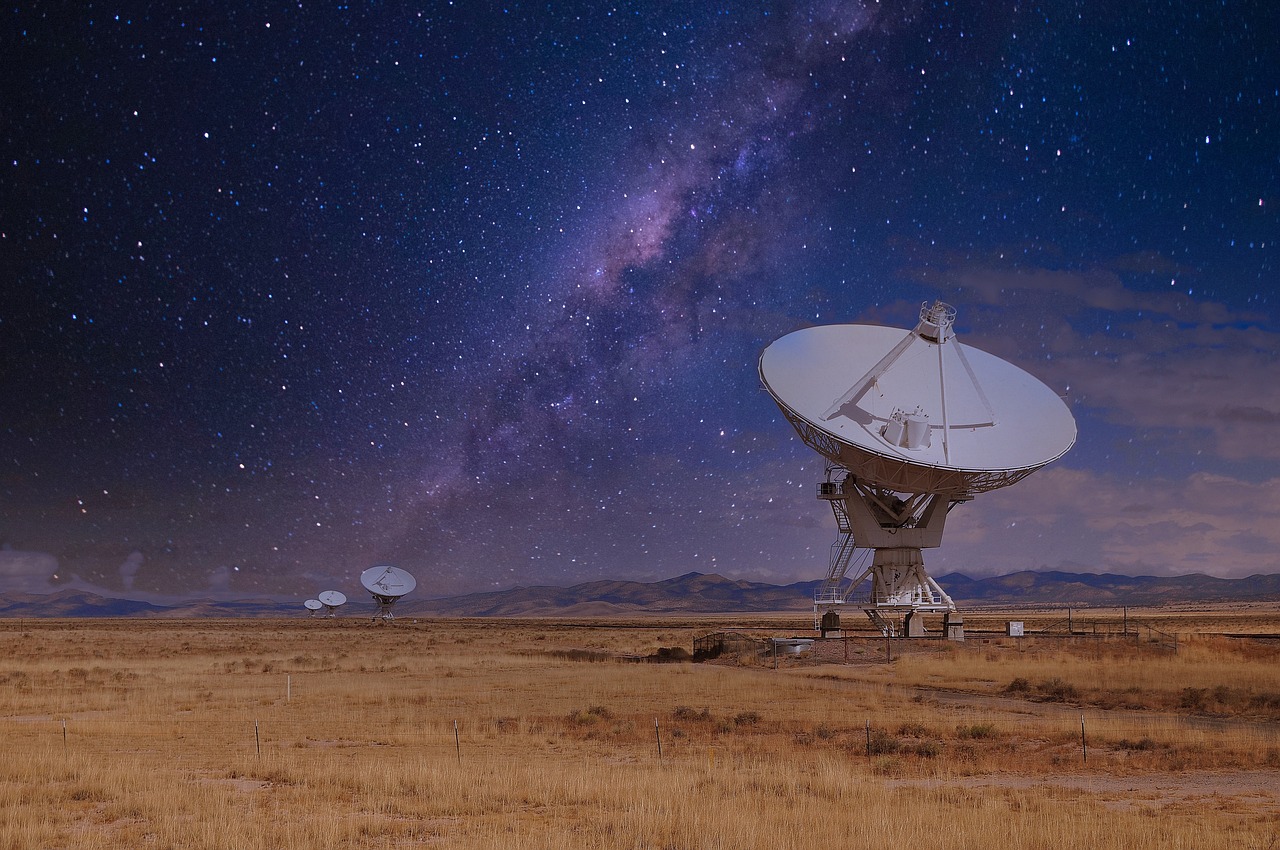UTC: The Standard of Global Time
Coordinated Universal Time (UTC) is the primary time standard used worldwide. Unlike local time zones, UTC remains unchanged throughout the year and does not vary with the seasons. This consistency makes it essential for international timekeeping.

UTC is crucial for a wide range of global activities. Air traffic control, internet data transfers, and international broadcasts depend on it. UTC provides a standard reference and ensures these activities run smoothly, regardless of local time zone differences.
UTC and Time Zones
Time zones are areas where local time is consistent, typically offset from UTC by whole hours. For instance, New York follows UTC-5 during standard time and UTC-4 during daylight saving time. Unlike time zones, UTC is not a time zone itself but a universal reference point for coordinating time across the globe.
Atomic and Astronomical time
Atomic and astronomical time are two crucial components used to determine UTC.
- International Atomic Time (TAI): A highly precise time scale is generated by averaging the output of around 450 atomic clocks worldwide. These atomic clocks, known for their exceptional accuracy, provide a stable and uniform time measurement, ensuring that clocks tick consistently.
- Universal Time (UT1): Also known as astronomical or solar time, is based on the Earth's rotation relative to distant celestial objects. It is used to compare and adjust the pace set by TAI, ensuring that our timekeeping remains aligned with the natural day-night cycle.
By combining these two methods, UTC integrates the precision of atomic time with the need to stay in sync with the Earth's natural cycles, allowing for a globally consistent time standard.
The Role of Leap Seconds
Despite its benefits, UTC faces some challenges. Scientists occasionally add leap seconds to maintain the accuracy of UTC, ensuring it stays synchronized with the Earth's rotation. Since 1972, 27 leap seconds have been added. Without these adjustments, UTC would gradually drift away from solar time.
UPDATE: Ending Leap Seconds
On November 18, 2022, the General Conference on Weights and Measures (CGPM) decided to eliminate leap seconds by 2035, allowing atomic and astronomical time to diverge. This change addresses differences between GPS and GLONASS timekeeping systems, with a potential plan to reconcile the discrepancy by allowing a one-minute shift every 50 to 100 years.
Evolution of Universal Time
Universal Time (UT) originated in the late 19th century, with its foundation laid as global communication and transportation networks expanded. By 1884, the Prime Meridian at Greenwich, England, was established as the reference point for Greenwich Mean Time (GMT), a key precursor to UT. As the 20th century progressed, UT evolved to include variations such as UT1, which adjusts for irregularities in Earth's rotation. This historical development set the stage for modern timekeeping systems like UTC, introduced in 1960 to provide a more precise and standardized global time reference.
From GMT to UTC
Introduced in 1960, UTC replaced GMT (Greenwich Mean Time) as the global standard for time. The goal was to create a more accurate and consistent system. Scientists and international groups worked together to develop this new, unified time standard.
UTC combines atomic time and astronomical time. Atomic clocks, which lose only one second over millions of years, measure time-based on the vibrations of atoms. Astronomical time is based on the Earth's rotation. By integrating these two methods, UTC maintains high precision.
UTC vs. GMT: Understanding the Difference
Many people confuse UTC with GMT. While similar, they have fundamental differences. GMT is derived from the Earth's rotation and has historical origins dating back to the 19th century. In contrast, UTC combines the precision of atomic clocks with adjustments for Earth's rotation to create a more accurate and stable time standard.



